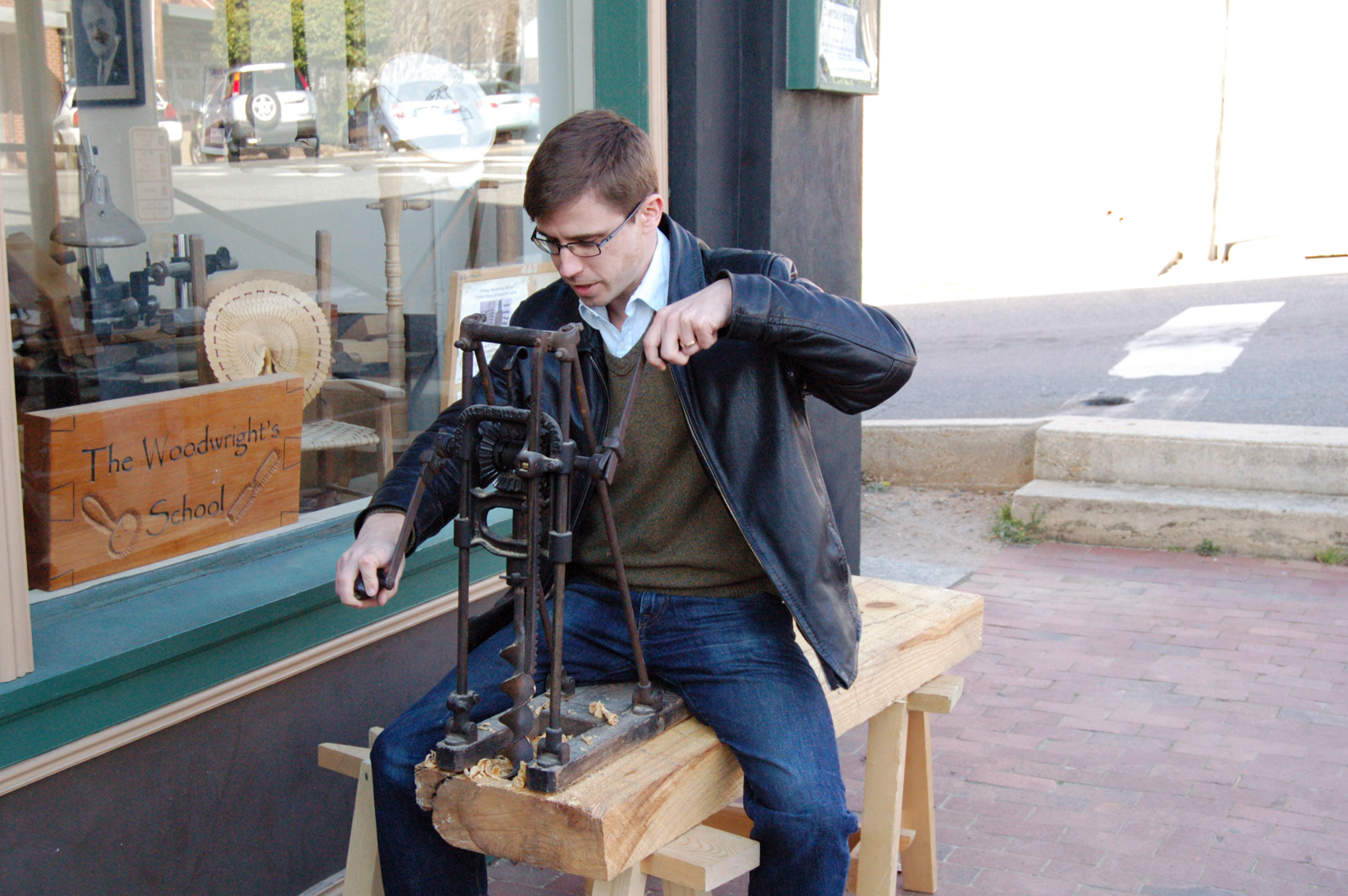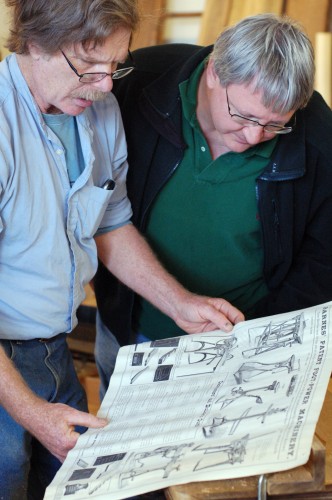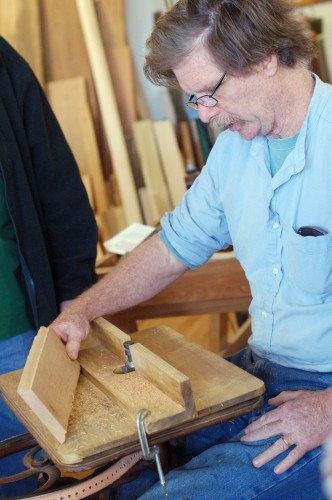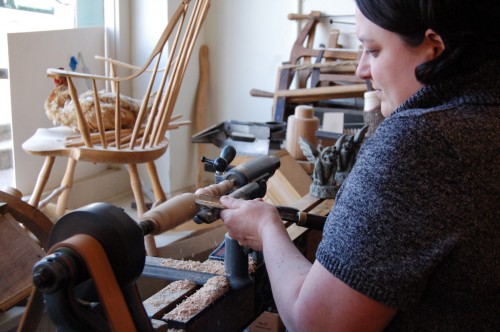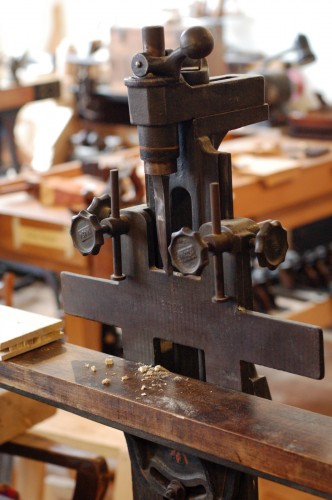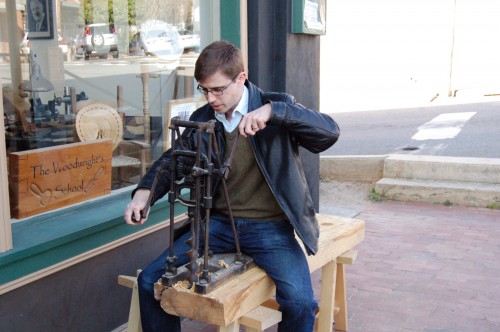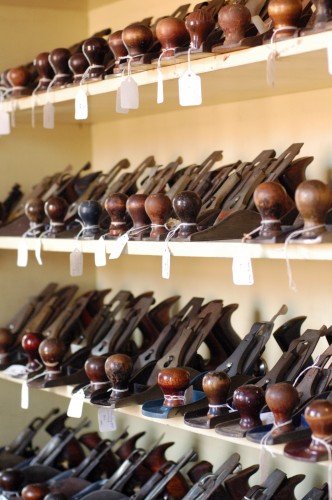Okay, you can’t read my whole book online. But I do have two whole chapters you can check out on The Prop Building Guidebook’s companion website.
What are these chapters, you may ask? Well, as you can imagine, prop making covers a vast amount of information, and choosing what to put in and what to leave out was one of my biggest challenges. We could have made the book longer, but that would have pushed the price up, which we didn’t want to do. We could have made the pictures smaller, but that would not be good either. In the end, we decided to take the last two chapters and put them up on the website for free. This way, the book can remain affordable, the pictures can remain a decent size, and you get a sneak peek at some of the book. These chapters have been edited and proofed just like everything else in the book, they just appear online rather than in print.
The two chapters are called “Formal Training” and “Maintaining a Portfolio”. The first digs through the tricky question of what kind of training or schooling you may wish to pursue to become a better prop maker. Vocational classes, colleges and universities, graduate schools and more are talked about here. I also look at the various types of jobs and work one can get. I present information useful whether you wish to be a prop maker for film, television, theatre or any of the related industries, and whether you wish to pursue a full-time job or work as a freelancer on different gigs. It can be a tricky field to navigate, so I try to present as much information as I’ve gleaned along the way.
The second chapter gives an introduction on creating and maintaining a portfolio of all the work you do. I discuss both online sites and paper portfolios; though paper portfolios have become far less prevalent these days, I’ve still used them in the last couple of years, both in applying for work and in hiring people. This chapter also discusses photography and how to take better pictures of your work. A bad picture of a good prop can make it look like a bad prop.
So check out the bonus chapters of The Prop Building Guidebook when you can. And don’t forget to pre-order your copy if you haven’t already!

